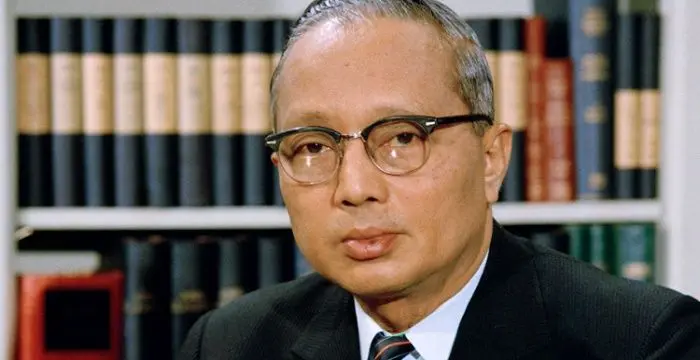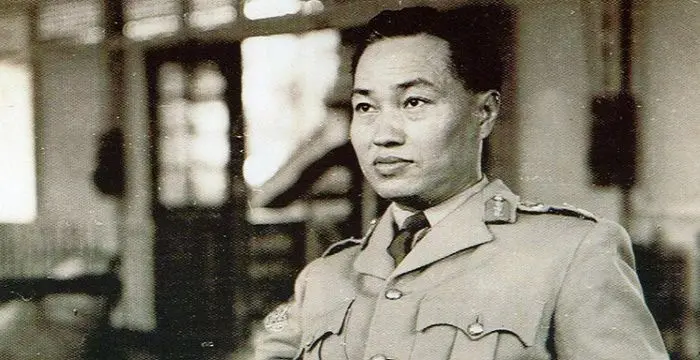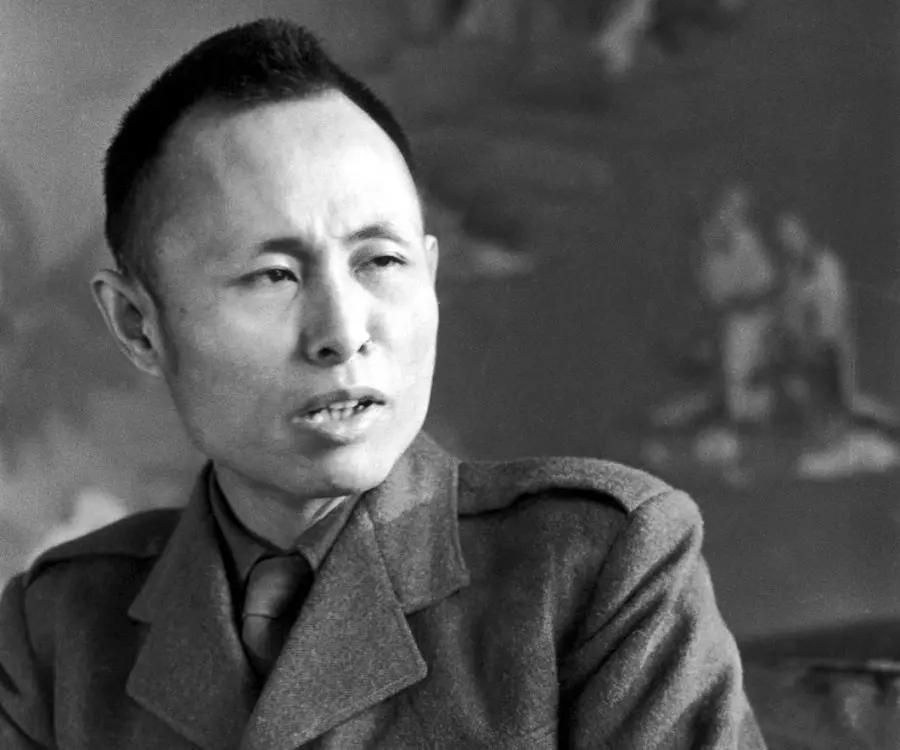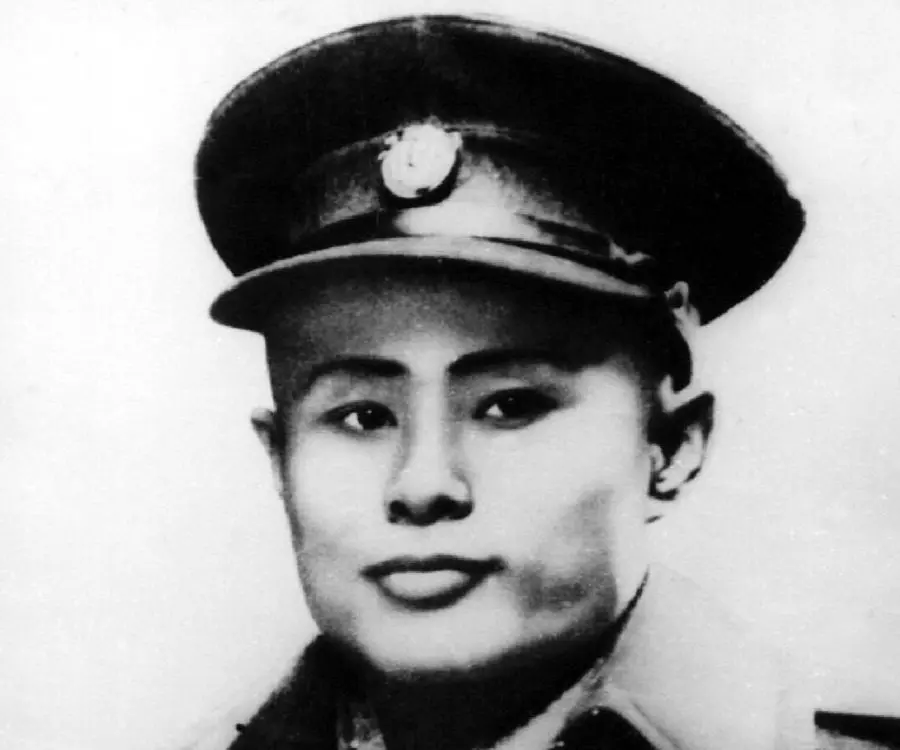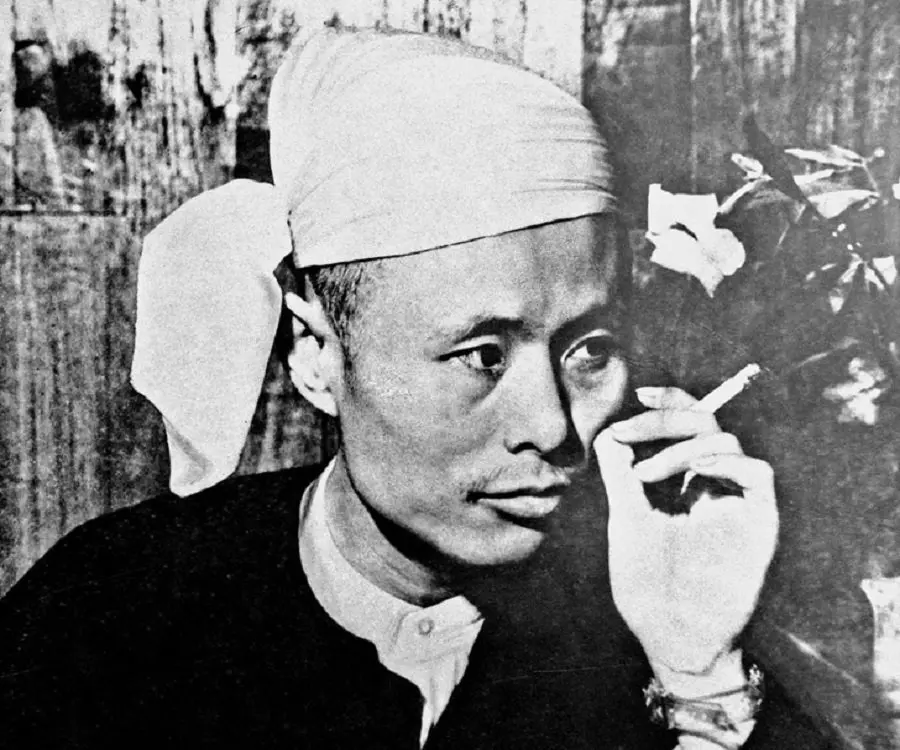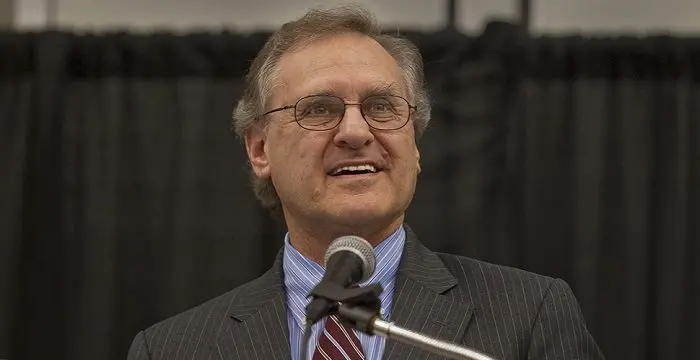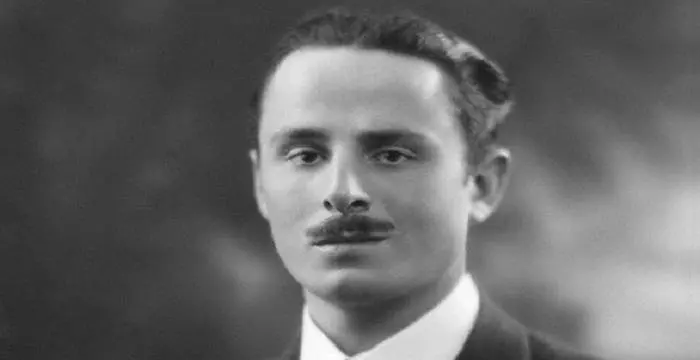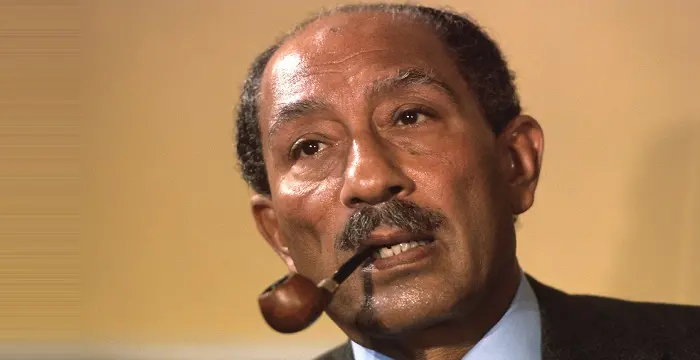
General Aung San - Burmese Leaders, Life Achievements and Childhood
General Aung San's Personal Details
General Aung San was a renowned nationalist leader of Burma
| Information | Detail |
|---|---|
| Birthday | February 13, 1915 |
| Died on | July 19, 1947 |
| Nationality | Burmese |
| Famous | Leaders, Political Leaders, Burmese Leaders, Politician |
| Cause of death |
|
| Gender | Male |
| Sun Sign | Aquarius |
| Famous as | Politician |
| Died at Age | 32 |
// Famous Burmese Leaders
U Thant
U Thant was a Burmese diplomat who served as the Secretary-General of the United Nations. Check out this biography to know about his childhood, life, achievements, works & timeline.
Ne Win
Ne Win is a politician from Burma, who is known for having practiced military law in his country for more than 26 years. This biography provides detailed information about his childhood, profile, career and timeline
General Aung San's photo
Who is General Aung San?
Aung San was a revolutionary nationalist leader of Burmese origin. He is regarded as the father of modern-day Burma. He took the initiative to set up the Communist Party of Burma and played a vital role in the independence of Burma from the British rule. His political activity reflected his anti-British and anti-imperialist ideology. At the beginning of his political career in national politics, be became a ‘Thakin’ after joining the Dobama Asiayone or Our Burma Union. He worked for the establishment of the All-Burma Peasants League. Along with Dr. Ba Maw, he was instrumental in setting up the Freedom Bloc. During the World War II, Japanese Emperor Hirohito conferred him the Order of the Rising Sun. With the help of the Japanese, he formed a Burmese military force namely the Burma Independence Army. Later, he became sceptical about the promises made by the Japanese about true independence of Burma and switched to the Allies. He played a crucial part in the formation of the Anti-Fascist organization. He led the Burmes National Army in a revolt against the Japanese occupiers and helped the Allies defeat the Japanese. His successful negotiation at the Panglong Conference was an important step towards the independence of Burma. Unfortunately, he was assassinated six months before Burma attained independence.
// Famous Politician
Sebastian Coe
Sebastian Coe is a British former track and field athlete turned politician. This biography of Sebastian Coe provides detailed information about his childhood, life, achievements, works & timeline.
Stephen Lewis
Stephen Lewis is a Canadian politician, broadcaster, diplomat and professor. This biography profiles his childhood, career, works, life, achievements and timeline.
Oswald Mosley
Sir Oswald Ernald Mosley was a British politician known for his pro-fascist beliefs. This biography profiles his childhood, family, personal life, opinions, career, etc.
Childhood & Early Life
Born in Natmauk, Magway district in central Burma, Aung San's father U Pha was a lawyer. His family was active in Burmese resistance movement and his great uncle Bo Min Yaung fought against the British annexation of Burma in 1886.
He received his primary education at a Buddhist monastic school in Natmauk. Later, he attended Yenangyaung High School for secondary education
In 1933, he took admission at Rangoon University. He was elected to the executive committee of the Rangoon University Students' Union. He also served as the editor for the Union’s magazine "Oway".
In 1938, he was elected president of both the Rangoon University Student Union (RUSU) and the All-Burma Students Union (ABSU). In this year, the government also appointed him as a student representative on the Rangoon University Act. Amendment Committee. He graduated in the same year with a B.A. degree in English literature, Modern History and Political Science from the University.
Career
He started his career in national politics by joining the nationalist organisation ‘Dobama Asiayone’ in 1939 and became it’s secretary-general. He served as its general secretary till August 1940. During his stint with ‘Dobama Asiayone’, he organized a countrywide strike known as ME 1300 Revolution
He also played a pivotal role in founding another nationalist organization, the Freedom Bloc and became its general secretary. He was also a founder member and the first secretary-general of the Communist Party of Burma (CPB) in August 1939.
After a brief period, he co-founded the People’s Revolutionary Party. After the Second World War, this party was named as the Socialist Party. In March 1940, he attended the Indian National Congress Assembly in Ramgarh, India.
When the British government issued a warrant for his arrests in view of his attempts to organize a revolt against the British, he escaped from Burma. At first, he went to China and sought the help of nationalist government of the Kuomintang. But the Japanese military occupiers in Amoy intercepted his effort and convinced him to go to Japan instead. There the Fumimaro Konoe government offered him to supply arms and necessary finance.
He came back to Burma in February 1941. For a short time, he went to Japan again to receive military training. This time, the Thirty Comrades, the first batch of young revolutionaries accompanied him during his journey to Japan.
In 1941, the Minami Kikan whose head was Colonel Suzuki, helped him to form the Burma Independence Army (BIA) in Bangkok, Thailand. This group was aligned with Japan during World War II.
In March 1942, when Rangoon fell to the Japanese, the BIA formed an administration for the country under Thakin Tun Oke. This administration operated in parallel with the Japanese military administration until the Japanese disbanded it.
In July 1942, BIA was formed again as the Burma Defence Army (BDA). He became a colonel and took the responsibility of this force.
When the Japanese declared Burma as an independent nation, he took the responsibility of War Minister and the Burma Defence Army was renamed as the Burma National Army (BNA).
But he was uncertain about the promises of the Japanese for a true independence of Burma .On 27 March in 1945, he led the BNA in a revolt against the Japanese occupiers and defeated the Japanese with the help of the Allies.
After the surrender of the Japanese, he formed the People’s Volunteer Organization, a private political army that aimed to take place of his Burma National Army.
At the end of 1946, he became deputy chairman of Burma’s Executive Council with the help of the Anti-Fascist People’s Freedom League (AFPFL). In effect he was Prime Minister, still he remained subject to the British governor’s veto.
In 1947, he signed an agreement at the Panglong Conference with leaders from other national groups to seek support for a united Burma. In this year, during the general elections, the AFPFL won the majority seats in the election for a Constituent Assembly.
Personal Life & Legacy
In 1942, he married Khin Kyi and the couple had three children: Aung san Oo, an engineer; Aung San Lin , died at age eight and Aung San Suu Kyi, a Nobel laureate.
On 19 July 1947, a gang of armed paramilitaries of former Prime Minister U Saw broke into the Secretariat Building in Rangoon during a meeting of the Executive Council and assassinated Aung San and six of his cabinet ministers
Trivia
After the publication of an article criticising a senior University official, this powerful nationalist leader faced threat of expulsion when he was a student of Rangoon University. Later the university officials withdrew the expulsion order due to a strike by the university’s students.
// Famous Political Leaders
Edi Rama
Edi Rama is the current Prime Minister of Albania. Check out this biography to know about his childhood, life, achievements, works & timeline.
Khalifa bin Zayed Al Nahyan
Sheikh Khalifa bin Zayed Al Nahyan is the current President of the United Arab Emirates (UAE). Check out this biography to know about his birthday, childhood, family life, achievements and fun facts about him.
Leo Varadkar
Cam Leo Varadkar is the current Taoiseach—the Prime Minister—of the Republic of Ireland. Check out this biography to know about his childhood, family life, achievements and other facts about his life.
General Aung San biography timelines
- // 1933In 1933, he took admission at Rangoon University. He was elected to the executive committee of the Rangoon University Students' Union. He also served as the editor for the Union’s magazine "Oway".
- // 1939 To 1940He started his career in national politics by joining the nationalist organisation ‘Dobama Asiayone’ in 1939 and became it’s secretary-general. He served as its general secretary till August 1940. During his stint with ‘Dobama Asiayone’, he organized a countrywide strike known as ME 1300 Revolution
- // Aug 1939He also played a pivotal role in founding another nationalist organization, the Freedom Bloc and became its general secretary. He was also a founder member and the first secretary-general of the Communist Party of Burma (CPB) in August 1939.
- // Mar 1940After a brief period, he co-founded the People’s Revolutionary Party. After the Second World War, this party was named as the Socialist Party. In March 1940, he attended the Indian National Congress Assembly in Ramgarh, India.
- // 1941In 1941, the Minami Kikan whose head was Colonel Suzuki, helped him to form the Burma Independence Army (BIA) in Bangkok, Thailand. This group was aligned with Japan during World War II.
- // Feb 1941He came back to Burma in February 1941. For a short time, he went to Japan again to receive military training. This time, the Thirty Comrades, the first batch of young revolutionaries accompanied him during his journey to Japan.
- // 1942In 1942, he married Khin Kyi and the couple had three children: Aung san Oo, an engineer; Aung San Lin , died at age eight and Aung San Suu Kyi, a Nobel laureate.
- // Mar 1942In March 1942, when Rangoon fell to the Japanese, the BIA formed an administration for the country under Thakin Tun Oke. This administration operated in parallel with the Japanese military administration until the Japanese disbanded it.
- // Jul 1942In July 1942, BIA was formed again as the Burma Defence Army (BDA). He became a colonel and took the responsibility of this force.
- // 27th Mar 1945But he was uncertain about the promises of the Japanese for a true independence of Burma .On 27 March in 1945, he led the BNA in a revolt against the Japanese occupiers and defeated the Japanese with the help of the Allies.
- // 1946At the end of 1946, he became deputy chairman of Burma’s Executive Council with the help of the Anti-Fascist People’s Freedom League (AFPFL). In effect he was Prime Minister, still he remained subject to the British governor’s veto.
- // 1947In 1947, he signed an agreement at the Panglong Conference with leaders from other national groups to seek support for a united Burma. In this year, during the general elections, the AFPFL won the majority seats in the election for a Constituent Assembly.
- // 19th Jul 1947On 19 July 1947, a gang of armed paramilitaries of former Prime Minister U Saw broke into the Secretariat Building in Rangoon during a meeting of the Executive Council and assassinated Aung San and six of his cabinet ministers
// Famous Leaders
Edi Rama
Edi Rama is the current Prime Minister of Albania. Check out this biography to know about his childhood, life, achievements, works & timeline.
Tecumseh
Tecumseh was a Native American leader of the Shawnee clan. This biography profiles his childhood, life and timeline.
Khalifa bin Zayed Al Nahyan
Sheikh Khalifa bin Zayed Al Nahyan is the current President of the United Arab Emirates (UAE). Check out this biography to know about his birthday, childhood, family life, achievements and fun facts about him.
Anwar Sadat
Anwar Sadat was the third President of Egypt and has been awarded the Nobel Prize for his peace initiatives. To know more about his childhood, career, profile and timeline read on the following biography.
Leo Varadkar
Cam Leo Varadkar is the current Taoiseach—the Prime Minister—of the Republic of Ireland. Check out this biography to know about his childhood, family life, achievements and other facts about his life.
Swami Vivekananda
Swami Vivekananda was the chief disciple of Sri Ramakrishna, and was responsible for awakening India spiritually. Check this biography to know in detail about his life, profile and timeline.
General Aung San's FAQ
What is General Aung San birthday?
General Aung San was born at 1915-02-13
When was General Aung San died?
General Aung San was died at 1947-07-19
Which age was General Aung San died?
General Aung San was died at age 32
What is General Aung San nationalities?
General Aung San's nationalities is Burmese
What is General Aung San's cause of dead?
General Aung San dead because of Assassination
What is General Aung San's sun sign?
General Aung San is Aquarius
How famous is General Aung San?
General Aung San is famouse as Politician
